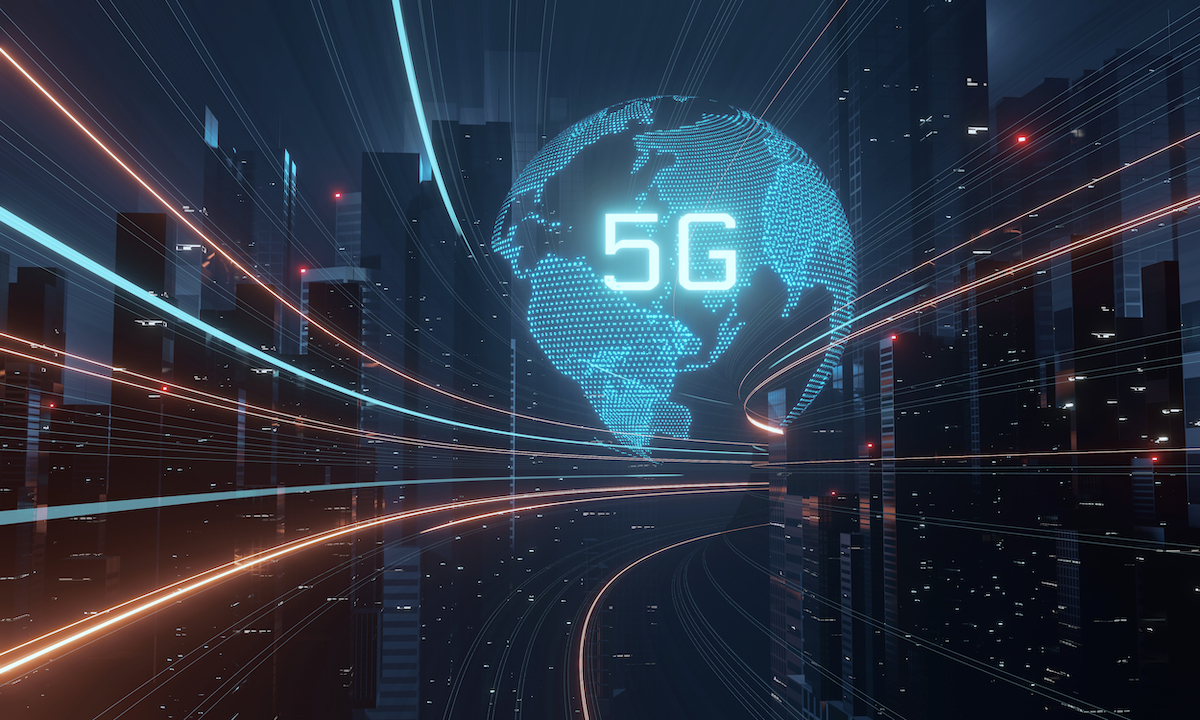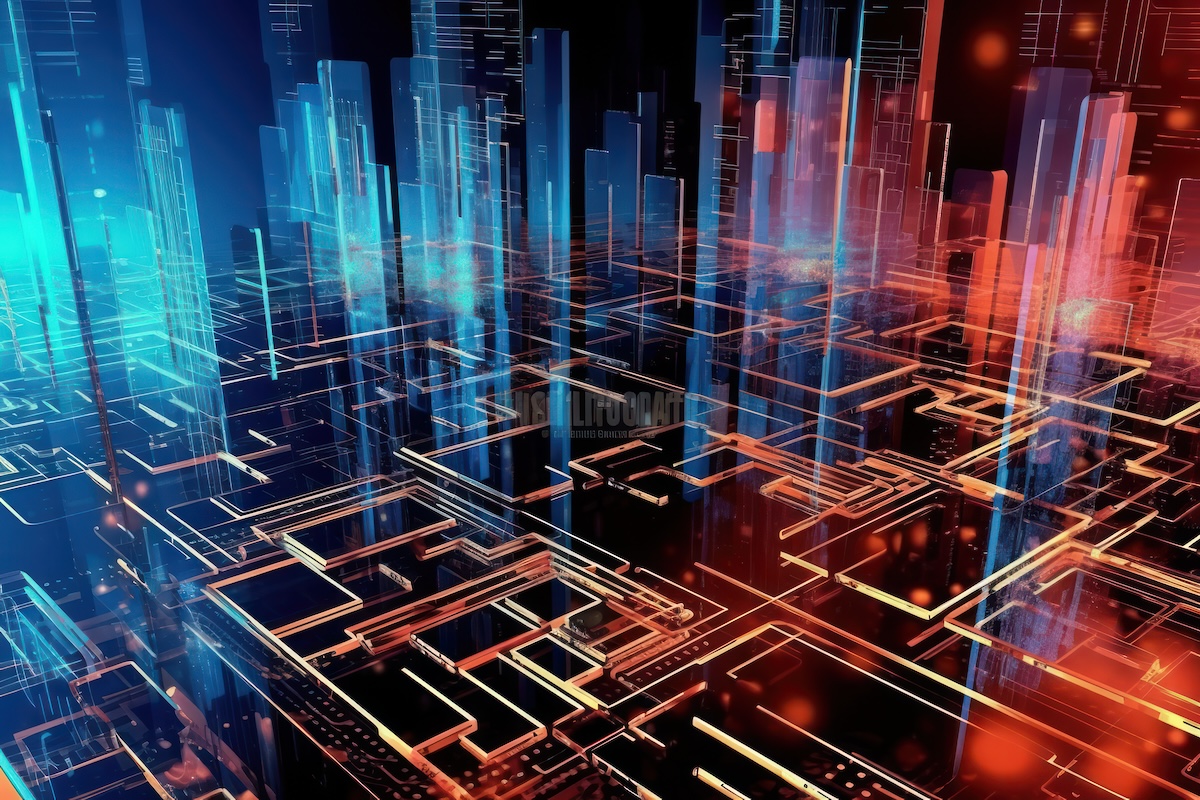Use Case Categories Enabled by 5G
The possibilities brought forth by 5G are extensive and increasingly make possible a world where the only limitation is imagination and not technology.
Below are a few business use case applications for you to consider.
5G Applications and Business Use Cases:
• Immersion is a term that has been casually applied to entertainment technology for years, but 5G is also a legitimate difference-maker for business operations. 5G can reliably deliver 4k resolution and 360-degree experiences.
• Similarly, the compute demands of AR/VR are best suited to edge processing with delivery via very low latency 5G networks.
• In the past, the slow development and slow performance of wireless technology have meant that its ability to support new applications was consistently a generation or two behind fixed-wire networks. With 5G, for the first time, that difference is all but erased. This capacity to rapidly support new apps is happening so early in the deployment cycle that new technologies and infrastructure deployment can happen almost immediately, rather than after decades of soaking it in. With its widespread applicability, it will be feasible to deliver 5G even to rural areas far more quickly.
• If you think the Internet of Things has been impactful to date, just watch. 5G will increase the feasibility of distributing massive numbers of small devices, each of which may generate little traffic and little revenue, but in the aggregate, provide enormous value with each bit of data. For example, an electric utility company would highly value the data from every meter that describes usage levels or from sensors on power poles. Such data could warn about imminent failure so proactive measures can be activated to stop wildfires before they start.
• It is also reasonable to support IoT devices that generate more traffic than a sensor but less than smartphones. For example, smartwatches with data plans backed by edge-computing-based services and low-latency, high bandwidth networks will be significantly more capable than their 4G or smartphone-dependent brethren.
• With the performance, availability, reliability and low latency of 5G networks, the ability to support highly critical IoT applications is possible. Whether that entails sending data between cars to prevent accidents or precision-milling a jet engine over 24 hours, 5G brings the complete package to make this dependable.
• Manufacturing plants today must hardwire all their machines, as Wi-Fi lacks the necessary reliability. 5G delivers the best of two worlds: the flexibility of wireless with the reliability and performance of wires.
• This makes flexible automation possible to enable manufacturing to return to locales where the high cost of human labor has made it impossible. Find out more about The 3 Best Use Cases of IoT in Manufacturing.
• Video games are becoming a nearly $150 billion global market. But for many users, the need to regularly spend hundreds or thousands of dollars to have a PC or console capable of processing graphics for the latest titles is a tremendous barrier. By shifting the processing from the local device to an edge-based service, it has become possible to stream these games to a much broader array of affordable devices, even smartphones. This is an important space to watch as it has repeatedly proven to be a bellwether of adoption and market growth across other industries.
Why do we need 5G networks?
With commercial 5G networks already live worldwide, the next wave of 5G expansion will allow organizations to digitalize with more mobility, flexibility, reliability and security.
Uncover most common 5G Myths and Realities in one of our previous article.
Whether companies are ready for it or not, customer demands are constantly evolving, particularly in the industrial sector, where fluctuating needs directly impact the market’s access to products and services. The best way to future-proof your business is through increased resilience, efficiency, transparency and accessibility, and technology is the smartest way to achieve that. As we move toward a more personalized, data-driven tomorrow, the time to invest in the digital connection between our processes, machinery and people is today.
More about Cybersecurity and Data Concerns in 5G
A longer version of this article was originally published here.
FAQs about 5G
What is 5G?
5G stands for fifth generation and is the latest wireless mobile technology that offers faster internet speeds, lower latency, and increased capacity for data transfer.
What can 5G do?
5G can provide significantly faster download and upload speeds, which allows to support a larger number of connected devices in a network, enabling the growth of the Internet of Things (IoT) and the development of smart cities. 5G technology also offers low latency, which means that there is minimal delay in data transfer, enabling more responsive and real-time applications, such as autonomous vehicles and remote surgery.
About the authors
This article was written by Bjorn Andersson, Senior Director, Global IoT Marketing and Peter Linder, Head of 5G Marketing for Ericsson in North America.



